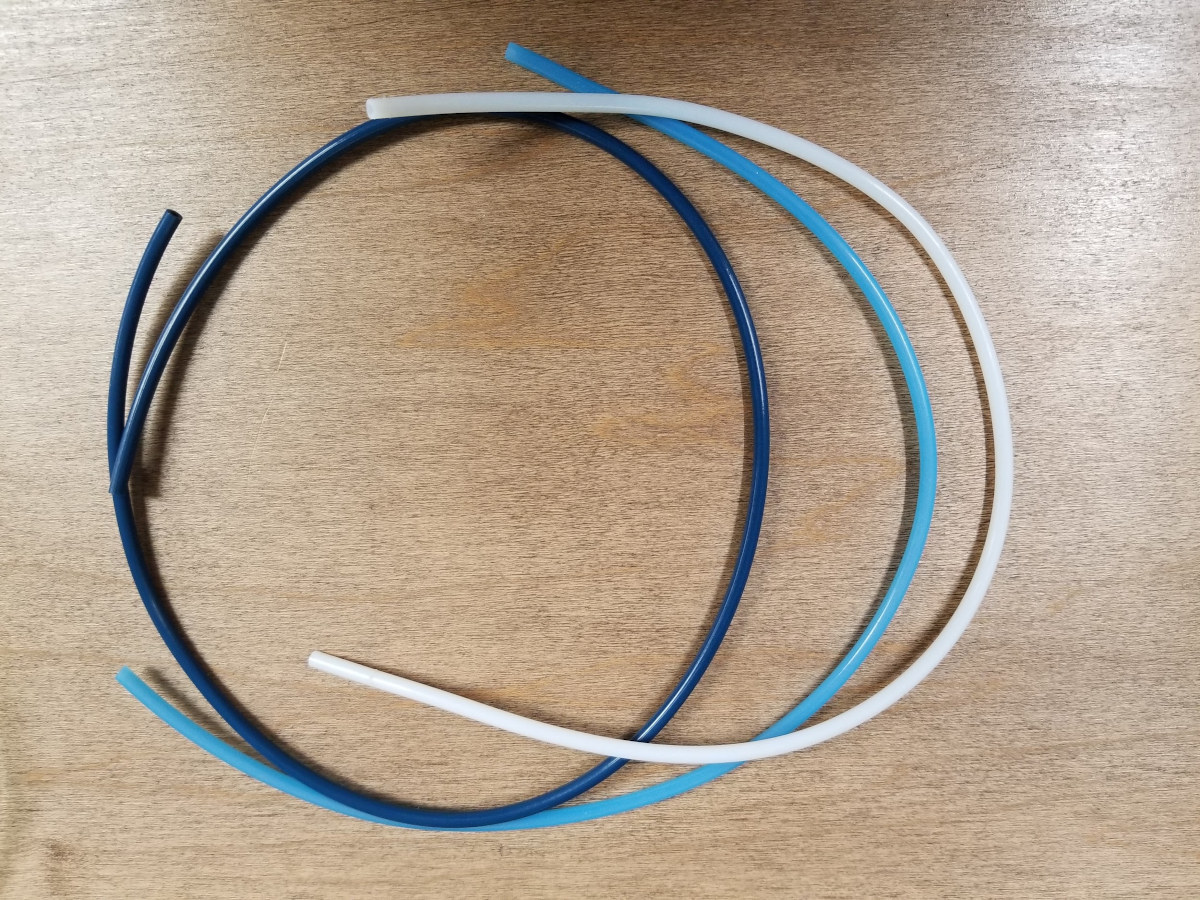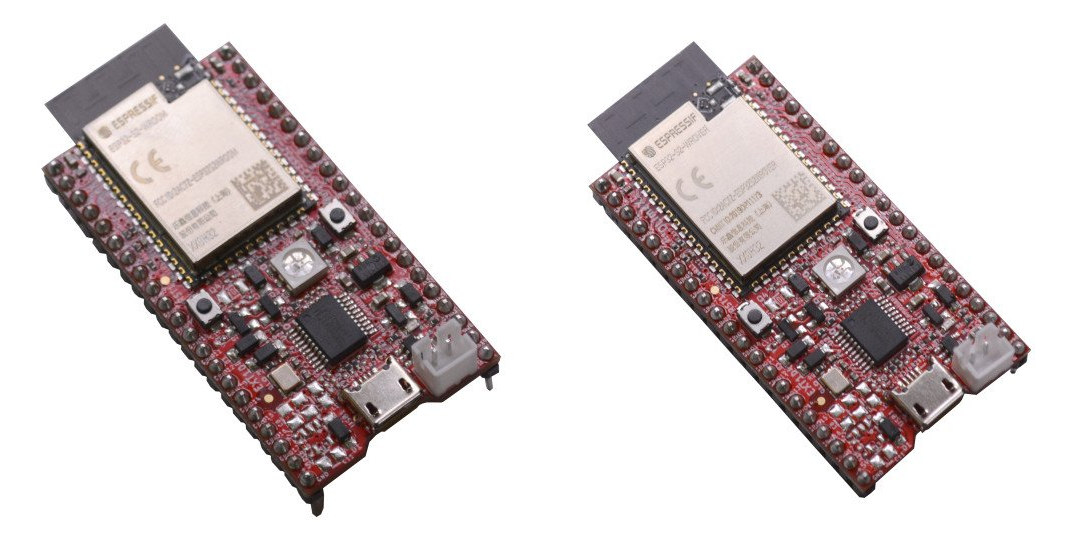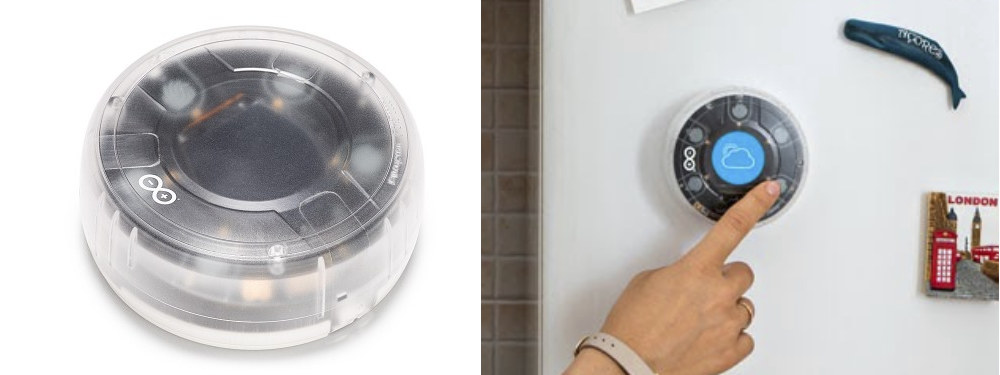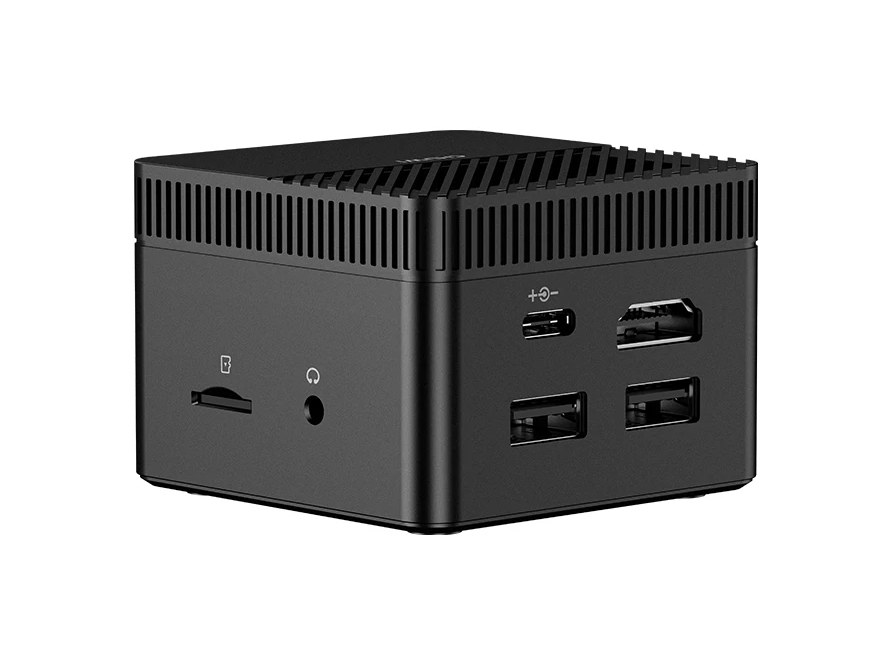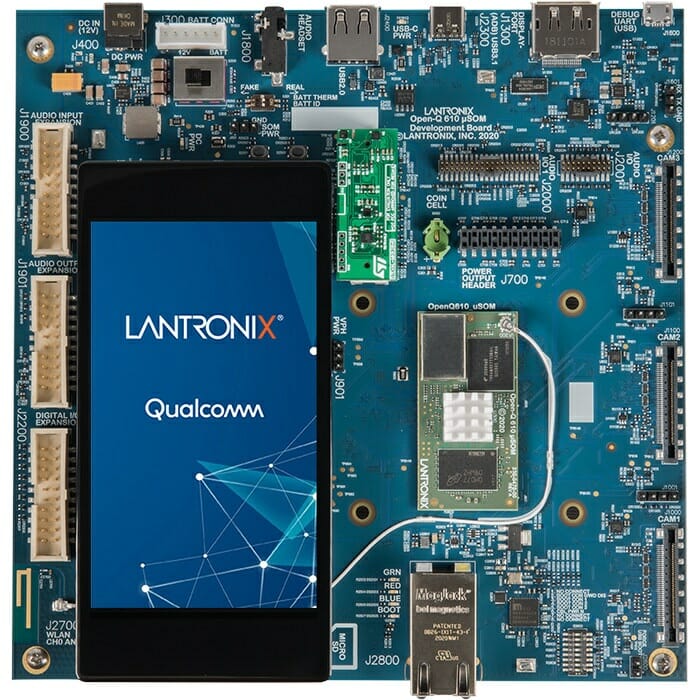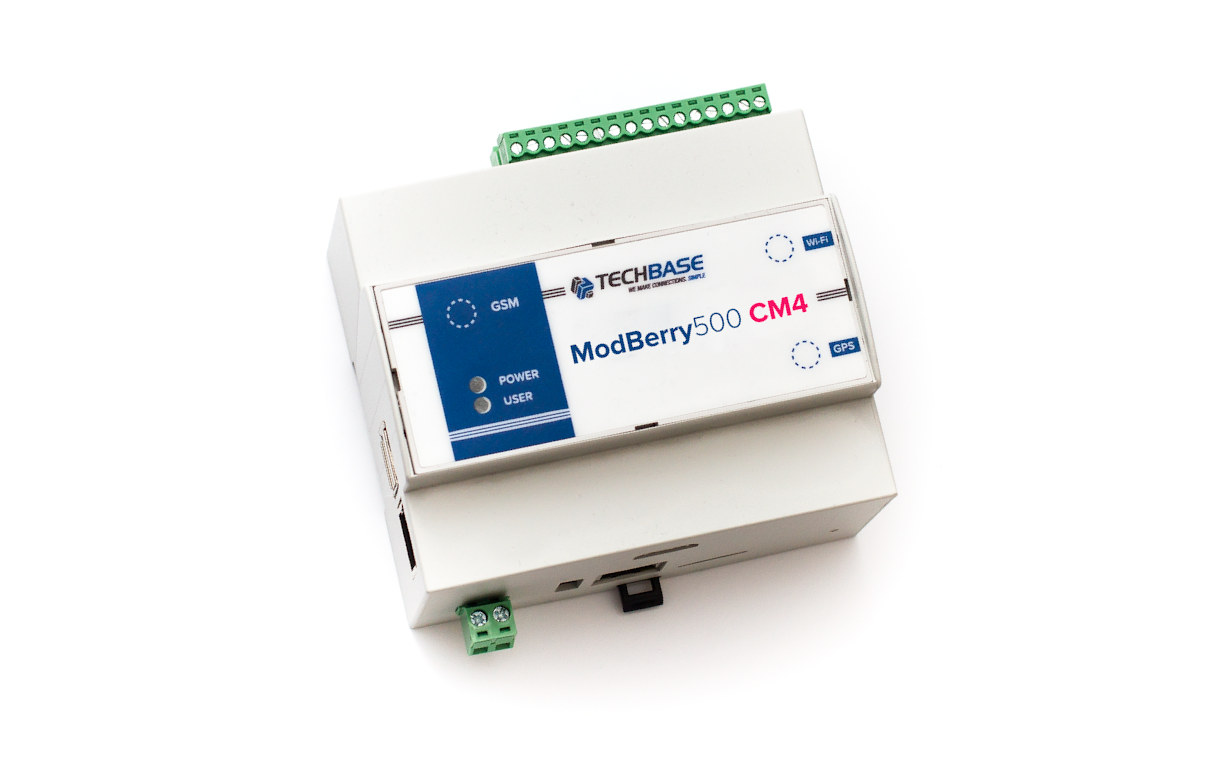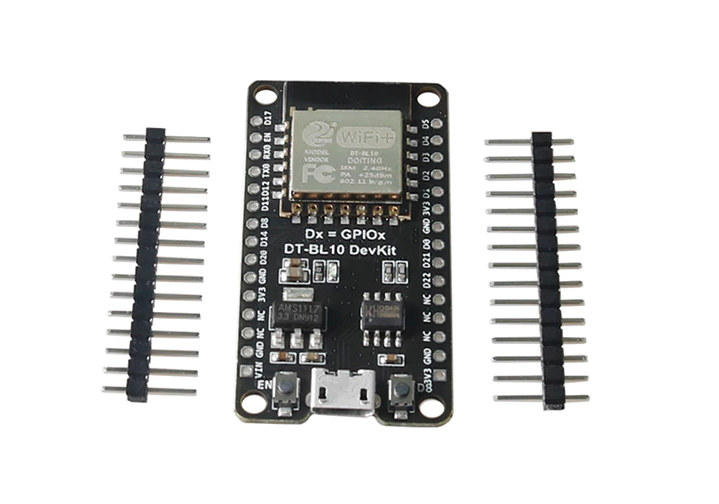Karl here. I’m back with a short article on some testing that I did on PTFE tube. When I received the Sovol SV02 3D printer it came with some baby blue replacement PTFE tube. It came preinstalled with the regular white stuff that most Bowden style printers come with. I have also been thinking about different ways to use the Retraction Calibration Tool I created. I recommend reading it first to get grounded on what this tool does before going further. I have always heard that Capricorn brand is the best so I purchased some on Amazon. I will test 3 kinds. Generic white, Baby blue Sovol, and Capricorn XS tubing. (Now that I am finding the links to add to the article I see that it is through the Sovol Amazon store. This is just a coincidence.) For the uninitiated, this little tube plays an important role in 3D […]
ESP32-S2 board targets battery-powered applications with 30uA deep sleep power consumption
A few months ago, Olimex unveiled renders of ESP32-S2-Devkit-LiPo WiFi board that was supposed to consume as little as 2uA in sleep mode, follows ESP32-S2-Saola-1 board form factor and pinout, and adds an ultra-efficient circuitry to support LiPo batteries. The good news is that Olimex has now launched two versions of their ESP32-S2 board optimized for battery-powered applications with ESP32-S2-DevKit-Lipo and ESP32-S2-WROVER-DevKit-Lipo (with 2MB PSRAM) going for 5.56 Euros and 6.36 Euros respectively. ESP32-S2-DevKit-LiPo specifications: Wireless module: ESP32-S2-DevKit-LiPo – ESP32-S2-WROOM with Espressif ESP32-S2 single-core 32-bit LX7 microprocessor up to 240 MHz with 128 KB ROM, 320 KB SRAM, 16 KB SRAM in RTC, 4MB SPI flash ESP32-S2-WROVER-Devkit-LiPo – ESP32-S2-WROVER – same as above plus 2MB PSRAM Wireless connectivity – 2.4 GHz 802.11 b/g/n WiFI 4 up to 150 Mbps Expansion – 2x 20-pin I/O headers with SPI, I2S, UART, I2C, touch sensors, PWM, etc… (pin-to-pin compatible with ESP32-S2-SAOLA-1) Debugging – […]
Oplà IoT Kit is Arduino’s first open programmable IoT platform
Arduino is well-known for its maker boards and shields that are sometimes sold as part of kits to experiment with electronics. Arduino Oplà IoT kit is a little different as it looks more like an actual consumer product once assembled. Powered by an Arduino MKR WiFi 1010 board, it is designed to make getting started with IoT easy for beginners, while still allowing more advanced users to customize and hack their smart home applications. Arduino Oplà IoT Kit is comprised of several hardware components: MKR IoT carrier with a 1.2-inch OLED color display, onboard environmental sensors (temperature, humidity, pressure, light, and proximity), IMU sensor, Grove connectors, two 24V relays, and five capacitive touch buttons. Arduino MKR WiFi 1010 board powered by Microchip SAMD21 Cortex-M0+ MCU and equipped with a 2.4 GHz WiFi 4 and Bluetooth 4.2 module based on ESP32 chip. Sensors – PIR motion sensor and moisture sensor A […]
MINISFORUM EliteMini H31G Coffee Lake Mini PC Review with Windows & Linux
MINISFORUM have launched their EliteMini H31G which combines a desktop CPU with a discrete graphics card in a mini PC form factor. It supports various Intel 9th and 8th gen desktop processors combined with an NVIDIA Geforce GTX1050 Ti graphics card and targets both gamers and content creators. Available as a barebones device and in various configurations MINISFORUM sent a fully configured model for review. Hardware overview The MINISFORUM EliteMini H31G is a remarkably small mini PC for what it offers and physically consists of a 154 mm x 153 mm x 62 mm (6.06 x 6.02 x 2.44 inches) rectangular plastic case with a metal base. It is an actively cooled mini PC that uses Intel’s LGA 1151 socket and supports desktop processors up to a maximum TDP of 65W. The review model came with an Intel Core i5 9500F Coffee Lake processor pre-installed which is a six-core 6-thread […]
Chuwi LarkBox Pro mini PC gets a faster Celeron J4125 processor, sells for $179
CHUWI Larkbox is a 2.4-inch mini PC that can fit in the palm of your kid’s hand and that launched last year on Indiegogo for as low as $149. It’s powered by an Intel Celeron J4115 Gemini Lake Refresh processor that currently in the process of being discontinued. So the company has now come up with an upgrade and launched the Chuwi Larkbox Pro with exactly the same specifications, except for the (slightly) faster Intel Celeron J4125 quad-core GLK Refresh processor with a 2.0 GHz base frequency and 2.7 GHz Turbo frequency, against 1.8 and 2.5 GHz respectively for J4115. Chuwi Larkbox Pro specifications: SoC – Intel Celeron J4125 quad-core Gemini Lake Refresh processor @ 2.0 / 2.7 GHz (Turbo) / 2.4 GHz (Turbo all cores) with Intel UHD Graphics 600 @ 250/750 MHz; 10W TDP System Memory – 6GB LPDDR4 Storage – 128GB eMMC 5.1 flash, M.2 2244 socket […]
Qualcomm QCS610 micro SoM and devkit to power AI and ML smart cameras
Last July, we missed Qualcomm’s announcement of QCS410 and QCS610 processors designed to bring “premium camera technology, including powerful artificial intelligence and machine learning features formerly only available to high-end devices, into mid-tier camera segments”. The new SoC’s were recently brought to our attention by Lantronix as they have just introduced a new Open-Q 610 micro system-on-module (μSOM) based on Qualcomm QCS610 processor, as well as a development kit designed to bring such smart cameras to market. I first got a bit confused by the product name, but this goes without saying that it is completely unrelated to Qualcomm Snapdragon 610 announced over six years ago. Open-Q 610 micro system-on-module Open-Q 610 specifications: SoC – Qualcomm QCS610 CPU – Octa-core processor with 2x Kryo 460 Gold cores @ 2.2 GHz (Cortex-A76 class), and 6x Kryo 430 Silver low-power cores @ 1.8GHz (Cortex-A55 class) GPU – Qualcomm Adreno 612 GPU @ […]
Modberry 500 CM4 DIN Rail Industrial Computer Features Raspberry Pi Compute Module 4
We’ve been writing about Techbase Modberry industrial embedded computers with DIN-Rail enclosures such as Modberry M500 or M2000 for several years. Most of their systems are powered by SBC’s like Raspberry Pi 4 or AAEON Up Squared, but they’ve also made models based on Raspberry Pi Compute Module 3+, and with the launch of Raspberry Pi CM4, the company has now introduced Modberry 500 CM4 industrial computer powered by Raspberry Pi Compute Module 4 with up to 8GB RAM and 32GB eMMC flash. Modberry 500 CM4 key features and specifications: SoM – Raspberry Pi Compute Module 4 with Broadcom BCM2711 quad-core Cortex-A72 processor @ 1.5 GHz, 1 to 8GB RAM, up to 32GB eMMC flash. Storage – Optional NVMe SSD via PCIe 2.0 (mini PCIe or optional M.2 slot) Video Output – Optional HDMI port Connectivity Optional Gigabit Ethernet port Optional Wi-Fi (IEEE 802.11 b/g/n/ac) & Bluetooth 5.0 Optional 5G, […]
BL602 IoT SDK and $5 DT-BL10 WiFi & BLE RISC-V development board
Yesterday, we wrote about Bouffalo BL602 32-bit RISC-V WiFI and Bluetooth LE wireless SoC that should eventually compete with ESP8266 in terms of price but with more features, higher performance. and more resources like memory and storage. At the time, I noted I could not find any tools for the processor, but I was informed a BL602 SDK (Doiting_BL) and documentation had already been released on Github. The basic readme and a user manual are already available in English, but the main documentation is still in Chinese with various examples to configure GPIO, YART, WiFi, and Bluetooth. You’ll find the documentation in Github, as I could not find a website yet:
|
1 |
git clone https://github.com/SmartArduino/Doiting_BL |
Go to Doiting_BL/docs/html folder and then open index.html in your browser to access the documentation. The SDK works both in Windows and Linux and relies on either Eclipse & OpenOCD or Freedom Studio & OpenOCD. A graphical software […]


